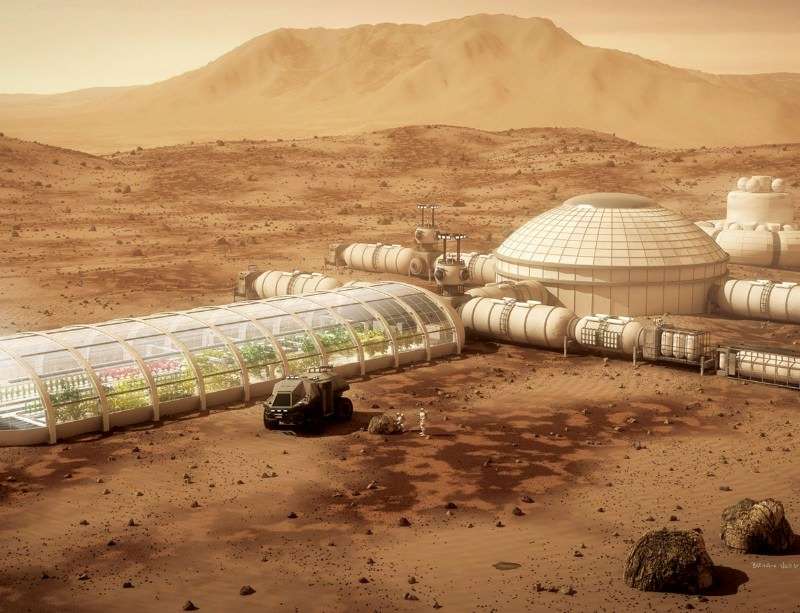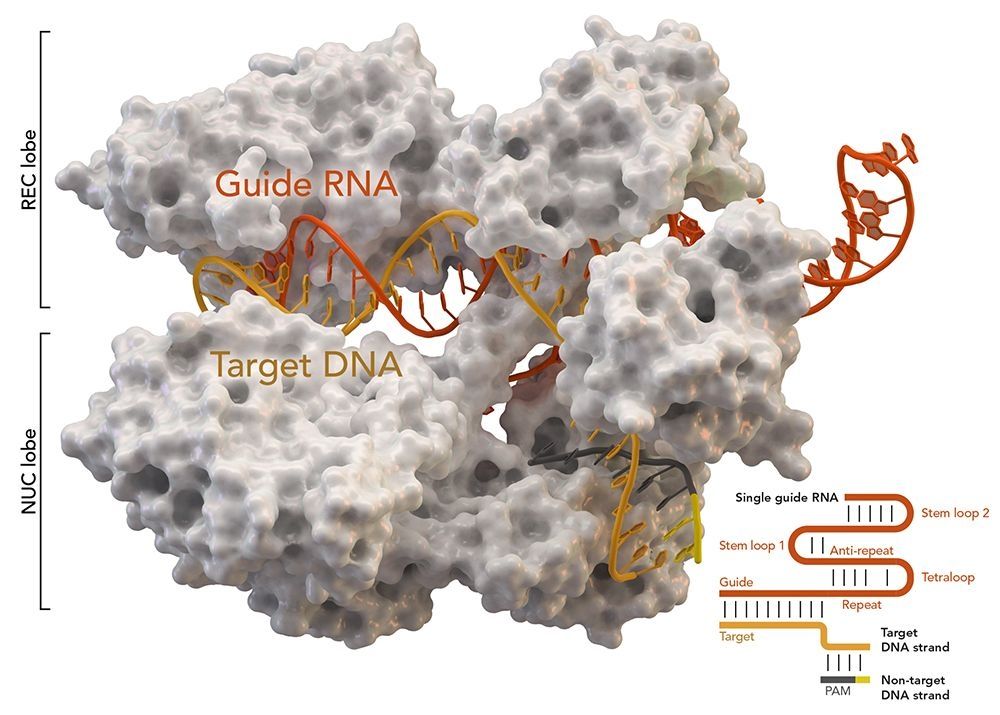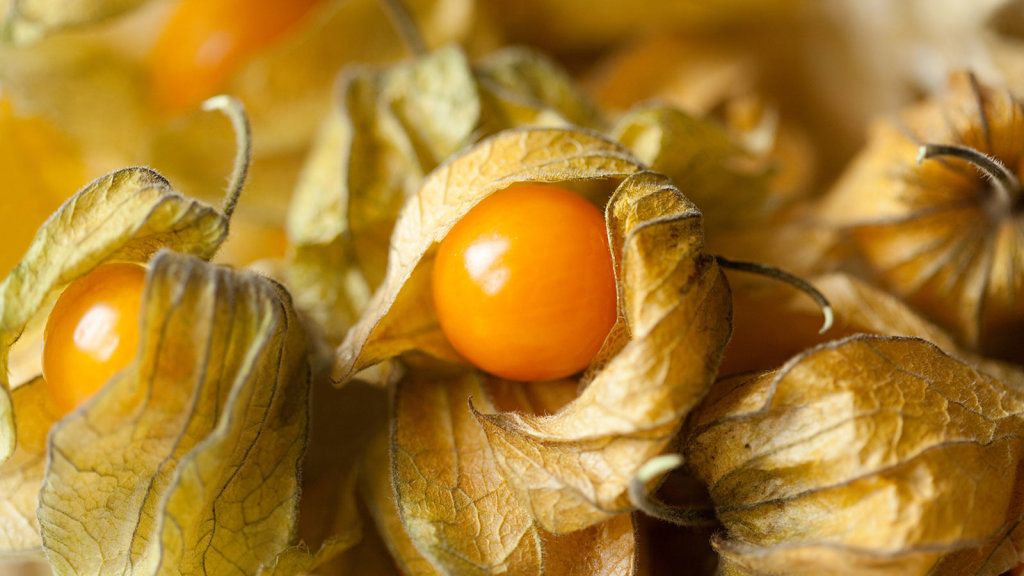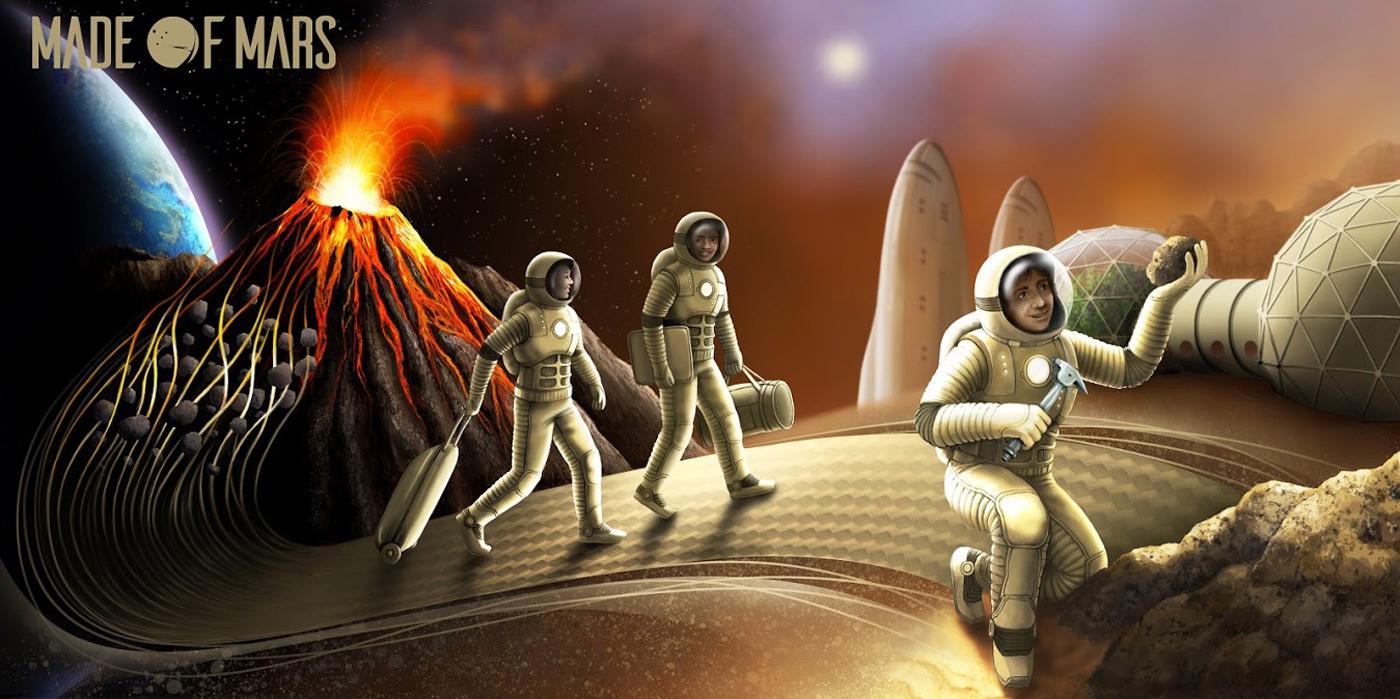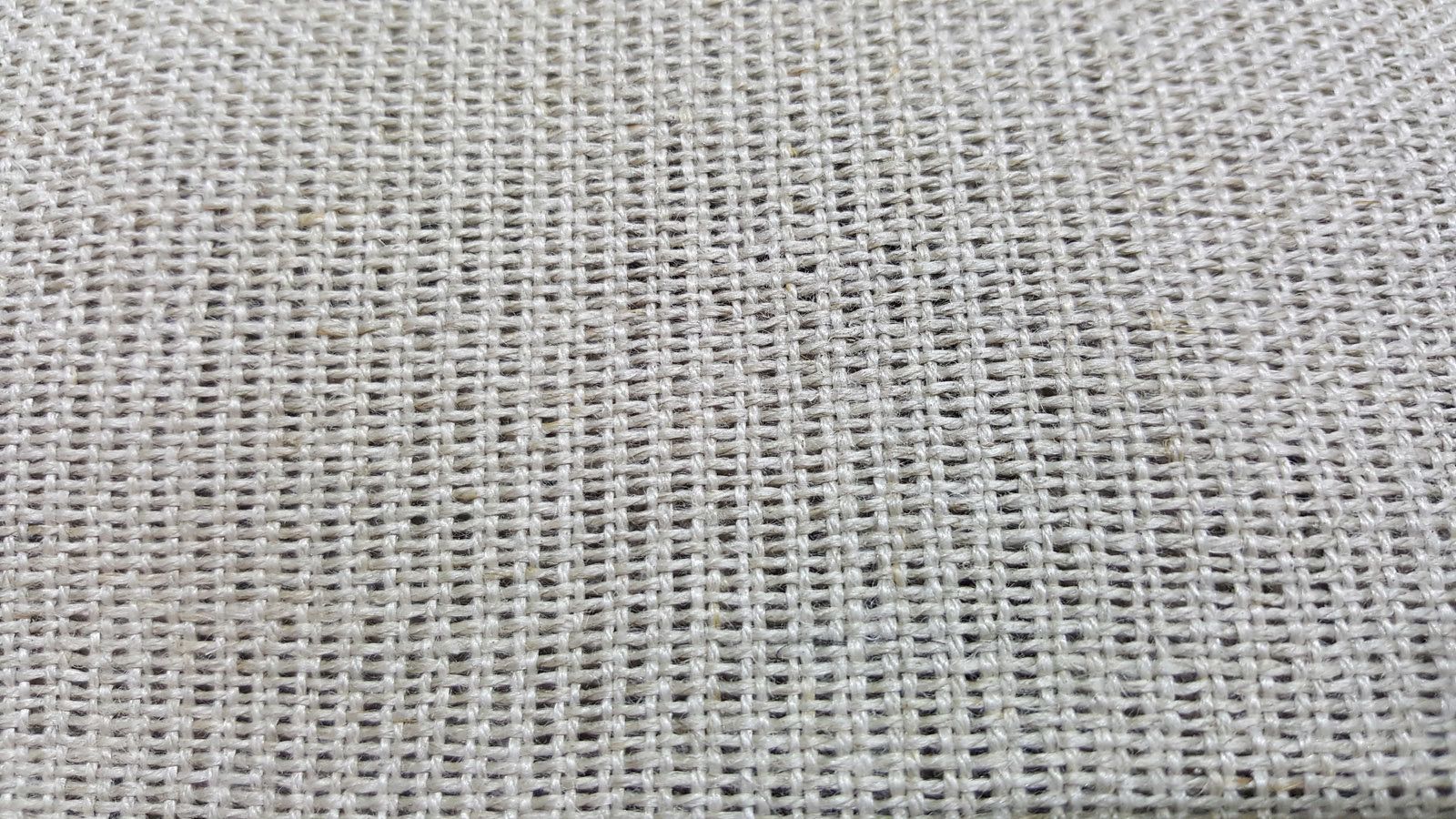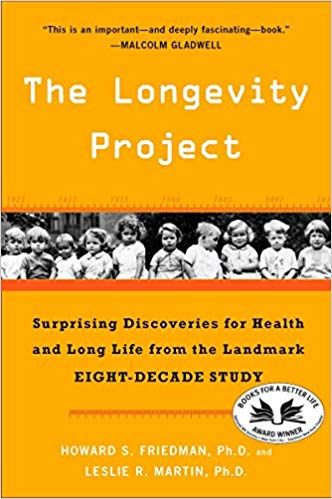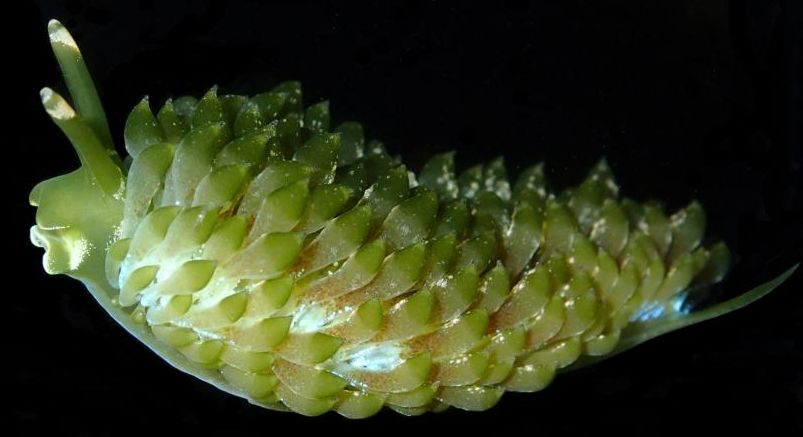Archive for the ‘food’ category: Page 250
Oct 28, 2018
Mars Colony Prize — Design the First Human Settlement on Mars
Posted by Klaus Baldauf in categories: 3D printing, economics, food, robotics/AI, space travel
The Mars Society is holding a special contest called The Mars Colony Prize for designing the best plan for a Mars colony of 1000 people. There will be a prize of $10,000 for first place, $5,000 for second and $2500 for third. In addition, the best 20 papers will be published in a book — “Mars Colonies: Plans for Settling the Red Planet.”
The Mars colony should be self-supporting to the maximum extent possible – i.e. relying on a minimum mass of imports from Earth. In  order to make all the things that people need on Earth takes a lot more than 1000 people, so you will need to augment both the amount and diversity of available labor power through the use of robots and artificial intelligence. You will need to be able to both produce essential bulk materials like food, fabrics, steel, glass, and plastics on Mars, and fabricate them into useful structures, so 3D printing and other advanced fabrication technologies will be essential. The goal is to have the colony be able to produce all the food, clothing, shelter, power, common consumer products, vehicles, and machines for 1000 people, with only the minimum number of key components, such as advanced electronics needing to be imported from Earth.
order to make all the things that people need on Earth takes a lot more than 1000 people, so you will need to augment both the amount and diversity of available labor power through the use of robots and artificial intelligence. You will need to be able to both produce essential bulk materials like food, fabrics, steel, glass, and plastics on Mars, and fabricate them into useful structures, so 3D printing and other advanced fabrication technologies will be essential. The goal is to have the colony be able to produce all the food, clothing, shelter, power, common consumer products, vehicles, and machines for 1000 people, with only the minimum number of key components, such as advanced electronics needing to be imported from Earth.
As noted, imports will always be necessary, so you will need to think of useful exports – of either material or intellectual products that the colony could produce and transport or transit back to Earth to pay for them. In the future, it can be expected that the cost of shipping goods from Earth to Mars will be $500/kg and the cost of shipping goods from Mars to Earth will be $200/kg. Under these assumptions, your job is to design an economy, cost it out, and show that after a certain initial investment in time and money, that it can become successful.
Continue reading “Mars Colony Prize — Design the First Human Settlement on Mars” »
Oct 24, 2018
New CRISPR tool opens up more of the genome for editing
Posted by Genevieve Klien in categories: biotech/medical, food, security
The genome editing system CRISPR has become a hugely important tool in medical research, and could ultimately have a significant impact in fields such as agriculture, bioenergy, and food security.
Oct 24, 2018
From Agriculture to Art — the A.I. Wave Sweeps In
Posted by Derick Lee in categories: economics, employment, food, internet, robotics/AI
Just where artificial intelligence is taking us, at what pace and along what trajectory, is uncertain. The technology, of course, is raising serious questions about its potential impact on jobs, privacy and politics.
The internet is a technology of low-cost communication and connection. Everything from email to e-commerce to social networks has hinged on the internet’s transformative role in changing the economics of communication. All those connections suddenly became both possible and cheap.
Artificial intelligence is a technology of low-cost prediction and discovery. It exploits the new resource of the digital age — vast amounts of data — to identify patterns and make predictions. Much of what A.I. does today can be thought of as a prediction. What product to recommend, what ad to show you, what image is in that picture, what move should the robot make next — all are automated predictions.
Continue reading “From Agriculture to Art — the A.I. Wave Sweeps In” »
Oct 20, 2018
Rare Groundcherry Could Soon Be Everywhere, Thanks to Gene Editing
Posted by Genevieve Klien in categories: bioengineering, biotech/medical, food
Hundreds of crops in developing countries are relatively unknown in the developed world because they’re often hard to grow or export. But scientists have found that CRISPR editing can speed up traditional plant breeding techniques.
Oct 20, 2018
A Future Made of Mars
Posted by Klaus Baldauf in categories: computing, food, space travel
Towards this goal, I have founded the company, Made of Mars, to develop the technology we need to build beyond Earth. Made of Mars is working to transform the materials and minerals that we know are on the Moon, Mars and asteroids throughout our solar system into products that we can use today. This innovation will be used to build the space civilization of tomorrow.
Made of Mars will begin by learning to build with volcanic basalt. Basalt is the same lava rock that forms Hawaii, Iceland and countless volcanoes around Earth. Basalt is the most common material on Mars and is widespread throughout Earth and much of the solar system. Starting with these rocks, basalt is mined, re-melted, and pulled into thin threads which are then woven into fabrics. Made of Mars is transforming these basalt fabrics into products you can use today. The first basalt product line has been launched on Kickstarter where these volcanic rocks will be highlighted through a series of wallets and computer cases. These simple products will showcase the material and process. Made of Mars aims to encourage development of this material, setting the stage for space necessities to eventually be built from basalt, from suits to spaceships.
Building for a future beyond Earth does not mean abandoning our planet. We have always been a species of explorers and migrants, but remain nostalgic for our roots. Learning to build with basalt will both be key for a future beyond Earth and our future on it. Our technological advancements have improved the lives of billions while putting a terrible strain on the resources and environments of Earth. Basalt may be a solution toward sustaining our home planet. It is one of the most abundant and widespread resources on Earth. Basalt is continuously erupting on the surface and requires no chemicals to process. Unlike cotton, it does not compete with food production. Unlike synthetics, it does not come from fossil fuels. After it is used, basalt can be remelted and reused. Discarded basalt would naturally weather and recycle back to new volcanoes, as is the natural cycle of basalt.
Oct 19, 2018
Construction using concrete reinforced with renewable materials
Posted by Bill Kemp in categories: food, robotics/AI
A new tool using data and AI is hoping to better predict famine and help millions experiencing food insecurity.
Oct 17, 2018
The Longevity Project: Surprising Discoveries for Health and Long Life from the Landmark Eight-Decade Study: Howard S. Friedman, Leslie R. Martin: 9780452297708: Amazon.com: Books
Posted by Edward Futurem in categories: food, life extension
“An extraordinary eighty-year study has led to some unexpected discoveries about long life.”
-O, The Oprah Magazine
For years we have been told to obsessively monitor when we’re angry, what we eat, how much we worry, and how often we go to the gym. So why isn’t everyone healthy? Drawing from the most extensive study of long life ever conducted, The Longevity Project busts many long- held myths, revealing how:
Surprising discoveries for health and long life.
“An extraordinary eighty-year study has led to some unexpected discoveries about long life.”
-O, The Oprah Magazine
Oct 16, 2018
Stunning new sea slug species look just like seaweed
Posted by Genevieve Klien in category: food
“This may be the best example of an animal masquerading as a plant that we have,” biologist Nicholas Paul, an expert on seaweed and algae at Australia’s University of the Sunshine Coast, said in an email. He wasn’t involved with the new study.
The new species exclusively feed on the seaweed genus Caulerpa and are found throughout the Pacific, including Malaysia, Australia, Guam, and the Philippines. Humans consider the algae’s caviar-like bulbs, called sea grapes, a delicacy—but few sea creatures dare eat the stuff, making them highly invasive. Thanks to the global aquarium trade, the algae has invaded waters from the Mediterranean to Japan.

